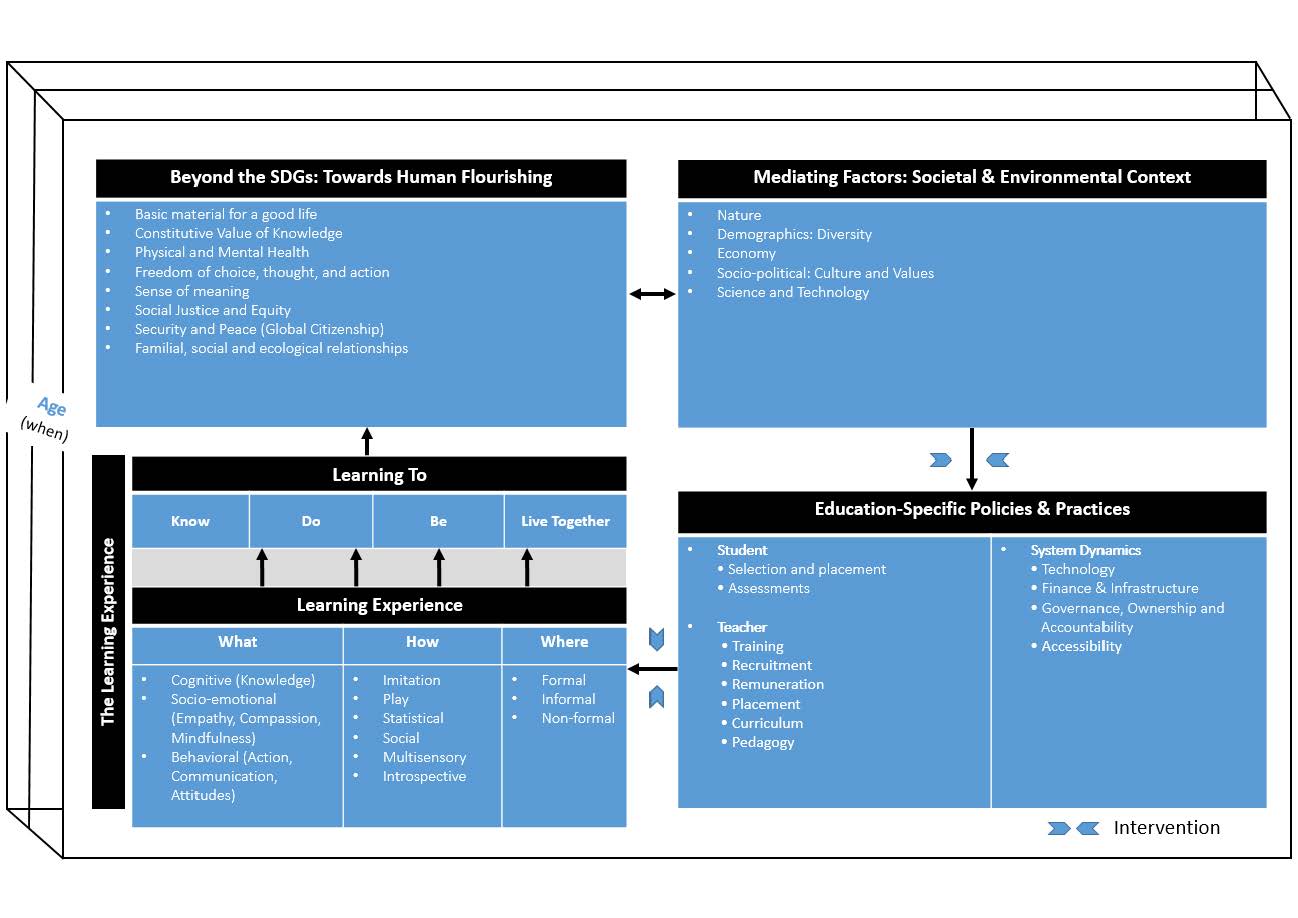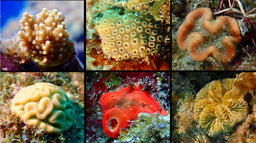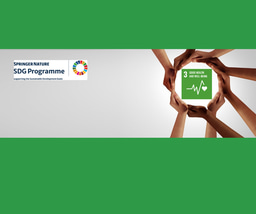Education for a better future
Published in Neuroscience

In the midst of a pandemic that is intensifying the inequality experienced by many people across the world, a worsening climate crisis, and a barrage of alternative news narratives, it seems more important than ever to rethink how education can prepare our children not only to cope with these challenges, but also to equip them to improve their own and their society’s flourishing. To develop the social-emotional, cognitive, communicative and reflective capabilities needed for a livable and peaceful future world. To acquire the skills to get around in the current information era, and to get acquainted with the different and the unknown without feeling threatened.
Approximately a year and a half ago, we embarked on an international, scientific and evidence-based assessment (ISEEA) of the state of knowledge about education and learning. We aspire to bring together different streams of knowledge that have not yet been synthesized: goals of education systems and their alignment with modern society’s needs, the sociopolitical as well as education-specific contexts in which education is embedded, and state-of-the-art insights into students’ learning experiences, drawn from the mind, brain and education fields of research.
The ISEEA was initiated by the UNESCO Mahatma Gandhi Institute of Education for Peace and Sustainable Development (MGIEP), and provides scientific and evidence-based support to UNESCO’s Futures of Education initiative. As can be observed in the ISEEA’s first research brief, human flourishing is a central concept, as increasing injustice in the world is threatening opportunities for people to develop optimally and live a complete human life.
At the forefront of our endeavor is interdisciplinarity. This has been an inspiring, eye-opening experience. While many scientists agree that interdisciplinary work is key for advancement, it is easier said than done. It is as important that children get exposed to different ideas in school, as it is for adult experts to in science. But being exposed to different ideas is just a start, it does not automatically lead to synthesis. We need to know what to make of these different ideas. For this, we need to really listen and ask a lot of questions. Do the same terms mean the same thing in different fields? What assumptions are being made?
In other words, in an interdisciplinary team, every member is also a teacher and a learner, and everyone needs to be open to learn. We need to harness the communication and reflective skills we want our future generations to master.

This exercise will produce a 26-chapter report, written by an interdisciplinary and international team of experts, which questions the central objective of education and learning, the role context plays in defining education and learning, and last but not least, the learning experience. A Summary for Decision Makers (SDM) will highlight the key findings, messages and recommendations emerging from this first-of-a-kind assessment. This healthy exchange and synthesis of ideas will go a long way towards building a culture of interdisciplinary science and evidence-based education policymaking.
Last but not least, we hope to identify gaps in our knowledge and chart out key research areas worth exploring for interdisciplinary efforts in the future, as we plan, design and implement an education for the 21st Century.
Follow the Topic
-
npj Science of Learning

An online open access peer-reviewed journal dedicated to research on all aspects of learning and memory – from the genetic, cellular and molecular basis, to understanding how children and adults learn through experience and formal educational practices.
Your space to connect: The Psychedelics Hub
A new Communities’ space to connect, collaborate, and explore research on Psychotherapy, Clinical Psychology, and Neuroscience!
Continue reading announcementRelated Collections
With Collections, you can get published faster and increase your visibility.
Effects of lifestyle behaviours on learning and neuroplasticity
Publishing Model: Open Access
Deadline: Mar 09, 2026
Reimagining Teaching and Learning in the Age of Generative AI Agents
Publishing Model: Open Access
Deadline: Jul 13, 2026






Please sign in or register for FREE
If you are a registered user on Research Communities by Springer Nature, please sign in